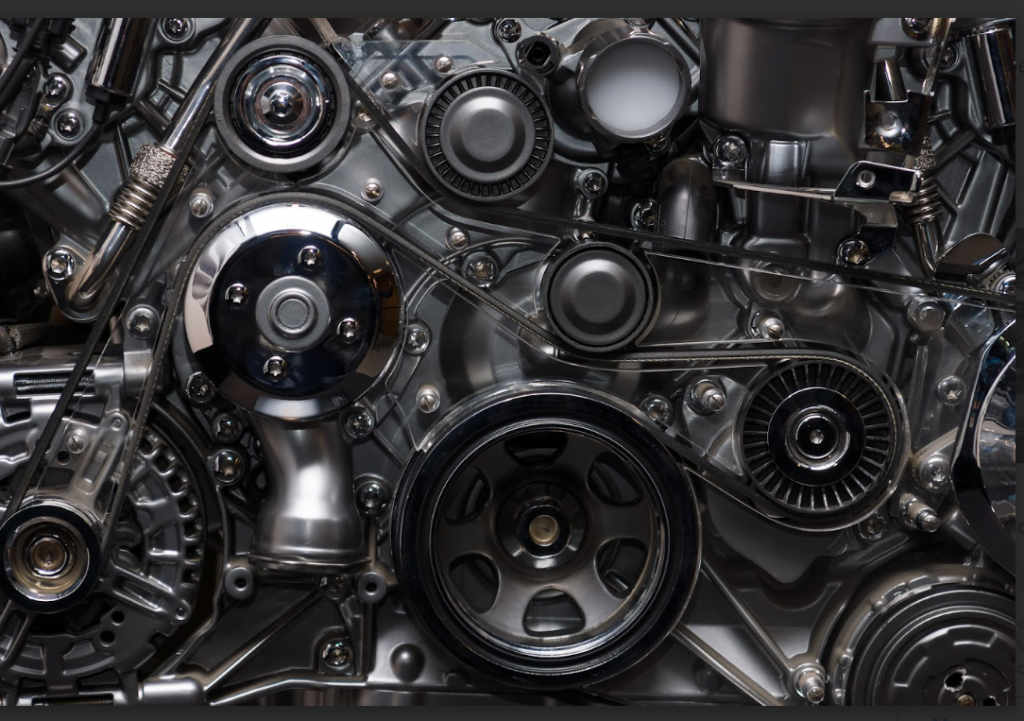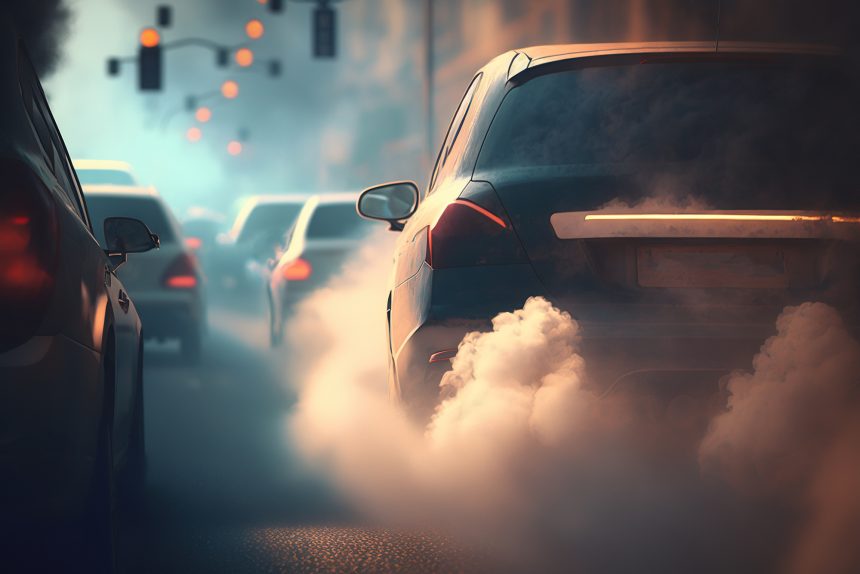You’ve heard of airbags and anti-lock brakes, but do you know one of the unsung heroes working under your car’s hood? Let’s talk about Diesel Aftertreatment Systems (DAS). This overlooked component is a significant game-changer in reducing vehicle emissions.
Think about the last big party you hosted. Yes, it was a lot of fun, but it left a mess, didn’t it? Now, think of DAS as your car’s personal clean-up crew for that kind of mess.
Your car operates on diesel fuel, and the DAS is tasked with managing the by-products of this process—namely, the exhaust gases. This system is integral to the efficient and eco-friendly operation of your vehicle. Curious about how it works? Let’s dive into the mechanics of a Diesel Aftertreatment System.
What Is A Diesel Aftertreatment System?
In essence, the DAS functions like a meticulous waste management system in your car, processing exhaust gases effectively. This system is comprised of a trio of key components, each playing a unique role.
This trio consists of:
- Diesel Oxidation Catalyst (DOC): This component initiates the exhaust gas treatment.
- Diesel Particulate Filter (DPF): This piece, securely fastened with the best vband clamps, is responsible for catching particulates within its structure.
- Selective Catalytic Reduction (SCR) unit: This element is where the final phase of treatment occurs, using a special solution.
Each component plays a unique role in processing exhaust gases. They all work together to ensure your vehicle’s emissions are as clean as possible before leaving the tailpipe. The next section gives you a closer look at how they perform their individual tasks.
The Process: From Dirty To Clean
Exhaust gases go through a distinct transformation within a Diesel Aftertreatment System (DAS), from dirty emissions to clean output. This process involves three key stages:
- Initial Oxidation: The journey starts in the Diesel Oxidation Catalyst (DOC). Here, exhaust gases undergo a chemical reaction that oxidizes them and generates heat. This step prepares the gases for the next stages of the treatment process.
- Filtering: The gases then move into the Diesel Particulate Filter (DPF). This part acts as a trap for soot and ash particles in the exhaust gases. To keep functioning effectively, the filter periodically self-cleans or ‘regenerates.’
- Reduction: The final step happens in the Selective Catalytic Reduction (SCR) unit. This is where the ultimate clean-up occurs before the gases are released. The SCR uses a urea-based solution (AdBlue or DEF) to convert harmful nitrogen oxides into harmless nitrogen and water.
This process shows the incredible journey—from dirty exhaust gases to cleaner emissions—that happens within a DAS. In the next section, you’ll discover why this transformation is so crucial for your health and the environment.
The Importance Of Diesel Aftertreatment Systems
Why should you care about something that’s hidden beneath your car’s hood? Because the DAS plays a vital role in our lives and the world around us.
- For Your Health: The DAS significantly reduces harmful pollutants that contribute to poor air quality and health problems. Cleaner air means healthier lungs for you, your family, and your neighbors.
- For The Environment: By decreasing the emission of greenhouse gases, the DAS plays a significant part in mitigating climate change. It’s a crucial ally in our fight to keep the planet safe and habitable for future generations.
You might wonder, ‘Well, that’s just one car. How much difference can one DAS really make?’ The answer is: a lot. With millions of diesel vehicles on the road worldwide, every little bit of emission reduction adds up.
The DAS is more than just a technical feature of your car. It plays a crucial role in both your personal fight and the global effort against air pollution and climate change.

Maintaining The Diesel Aftertreatment System
Now that you know how important the DAS is, how do you keep it in top shape? It’s simpler than you might think:
- Regular Servicing: Just like you need regular check-ups, so does your DAS. Regular maintenance can prevent minor issues from becoming major (and expensive) problems.
- Prompt Attention To Warning Signs: If your vehicle’s engine light comes on, don’t ignore it! This could be a sign that your DAS needs attention.
- Use Of High-Quality Diesel Exhaust Fluid (DEF): The DEF plays a crucial role in the DAS. Ensure you’re using good-quality fluid to keep your system running smoothly.
Keeping your DAS in excellent shape ensures it can continue to play its part in protecting your health and the environment. However, these tasks may require the expertise of a professional mechanic.
Conclusion
Next time you hit the road, remember the Diesel Aftertreatment System silently working beneath your car’s hood. It’s not just improving your engine’s performance but also actively contributing to a cleaner world.
With every well-maintained DAS, we’re taking a step toward a cleaner future, helping battle pollution one ride at a time.















